- Destinations
- Travel Styles
- About Us
- Contacts
- Destinations
- Travel Styles
- About Us
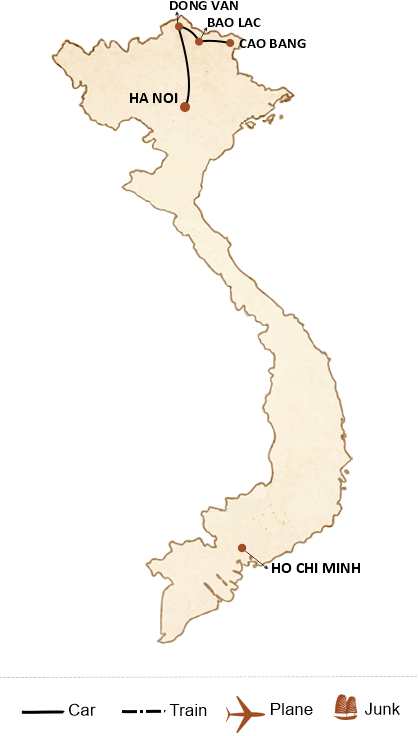
A Kampá Tour guide will pick you up from your accommodation early in the morning to begin the 7-Day Scenic North Vietnam Trekking trip. Depart from Hanoi to Ha Giang, with a photo stop along the way to capture the grandiose landscapes, endless mountains, and hills of the northeast region.
Upon arrival in Ha Giang, the mountainous plateau in the far north of Vietnam, you'll discover what the Lonely Planet guide describes as a 'paradise for nature and adventure enthusiasts.'
Enjoy some free time to relax and explore the charming surroundings of your hotel. Spend the night in Ha Giang.
Greetings to our hosts as we continue our journey to the karst plateau of Dong Van, one of the largest geological parks in Asia. Today's route follows winding roads through dizzying massifs, allowing you to immerse yourself in unique and extraordinary landscapes—countless limestone peaks stretching as far as the eye can see. This leg of the journey promises to be the most breathtaking itinerary of the trip.
Several stops are planned along the way:
In Lung Tam, explore a Hmong women’s linen factory—an ancestral craft of the local Hmong. Discover linen production techniques, weaving, and a wide range of linen items, including clothing, bags, wallets, etc., inspired by the region's ethnic cultures.
In Pho Cao, visit a small neighborhood of clay houses with tiled roofs, built long ago.
In Sa Phin, explore the Vuong Chi Duc palace, a blend of Chinese and local architecture. Vuong Chinh Duc was a famous king of the Hmong tribes in this region during the late 19th and early 20th centuries.
Arrive in Dong Van late in the afternoon, check into the hotel, and enjoy a free evening for rest or walks in this mountainous suburb. Spend the night at the hotel
A day of hiking to explore the karst plateau of Dong Van, perched at an altitude of 1300 m. This expansive karst plateau, covering an area of 600 km², is among the most significant geological parks in Asia. It serves as the homeland for the Hmong, a minority ethnic group originating from the southern Himalayan lands.
Today's route takes you away from the typical tourist paths, crossing particularly vast and incredibly exciting karst rock formations. You'll descend into small valleys with steep terrain, populated by the Hmong - a minority ethnic group sustaining themselves through corn and barley cultivation, as well as cattle raising. Hmong women are renowned for their cultivation and weaving of linen, creating vibrant and distinctive clothing.
Following the Sino-Vietnamese border, you'll catch a glimpse of the Chinese territory, with the Yunnan massifs bordering the entire north of Dong Van. By day's end, make a stop at Thien Huong village nestled at the bottom of a valley. This Tays village still preserves several traditional mud houses with Ying-yang tile roofs. Along the village alley, large century-old banyan trees add to the picturesque scene.
Return to your hotel towards the end of the day. Spend the night in Dong Van.
After breakfast, depart for Ngai Lau, following route 4C, which winds around the famous Ma Pi Leng Pass. In the past, the dizzying verticality of this giant limestone wall made it impassable.
From route 4C, take small zigzag paths to descend to the bottom of the pass. The route traverses countless karst peaks and valleys dotted with traditional houses of ethnic minorities. Make a stop at Ngai Lau, a charming Hmong hamlet.
Continue the walk to Ta Lang, a small pier on the Nho Que River. Board a boat for a moving excursion on the picturesque Nho Que River. Rising from Yunnan, Nho Que is a small river winding its way at the foot of the Sino-Vietnamese massifs, showcasing breathtaking vertical limestone cliffs. Its waters have an emerald green color almost all year.
Disembark and then proceed to Bao Lac, a small town located on the banks of the Gam River. Upon arrival at Khuoi Khon, a high hamlet adorned with rice terraces and populated by the black Lolo ethnic group, well-known to French-speaking viewers from the show "Rendez-vous en terre stranger" on France 2.
Check into a homestay with a Lolo family in the village. Spend the night in Khuoi Khon.
After breakfast, drive towards Quang Uyen, a small district located on the road to Cao Bang near the Chinese border. Upon arrival, embark on a walk to explore the craft villages of the Tay and Nung minorities. These villages, distinguished by traditional houses with notable Yin Yang roofs, remain relatively untouched by modern life. Visit the Phia Chang village, specializing in the manufacture of knives made from special steel, and then the Phia Thap village, specializing in incense. Few ethnic groups in the northern mountains practice various crafts like the Tays and Nung in Quang Uyen.
Settle in with a Tay family in the Incense village.
Enjoy dinner and spend the night in their stilted house.
Departure towards the easternmost part of this corner of Vietnam, bordering China, involves crossing countless hills and sugarloaves covered in lush vegetation.
Upon arrival in Trung Khanh, indulge in a visit to the splendid Ban Gioc Falls, regarded as one of the most beautiful in Asia. They are also recognized as the fourth longest falls globally (following those of Iguaçu, Niagara, and Victoria), and there are opportunities for swimming during certain times of the year.
Next, transfer to Dam Thuy to explore the magnificent Nguom Ngao cave, adorned with stalagmites and stalactites that date back several centuries.
Return to Cao Bang for the night at the hotel.
After breakfast, return to Hanoi by road.
Arrive in the city towards the end of the afternoon, where you can unwind with a foot massage session at a local institute.
End the 7-Day Scenic North Vietnam Trekking with Kampá Tour!
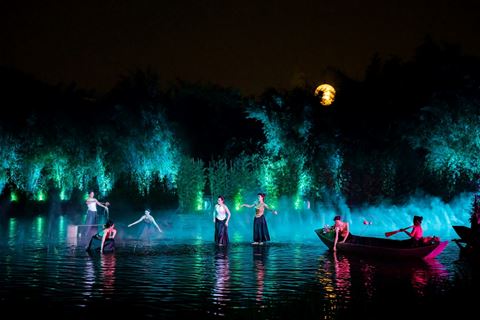

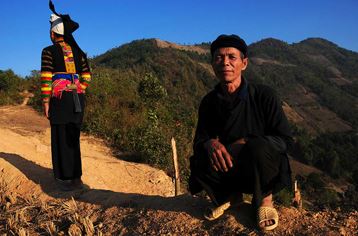
At Kampá Tour, we recommend the following times for hiking in Vietnam based on our extensive experience:
These recommendations ensure you have a pleasant and enjoyable hiking experience across Vietnam.
Hiking Ta Xua Peak in Son La without a guide is not recommended due to its challenging and wild terrain. It is easy to get lost in the jungle.
Some of the best hiking spots in Vietnam, especially in the North and Northwest, include Ky Quan San in Lao Cai, Pha Luong in Son La, Lao Than in Lao Cai, Ta Xua Peak in Son La, and Lung Cung in Yen Bai. These places offer stunning landscapes and challenging trails. It is highly recommended to hire a private guide (porter) from companies like Kampá Tour, which provides experienced English-speaking guides. The terrain in these areas is very wild and unknown, and navigating without a guide can be difficult and dangerous due to the risk of getting lost in the jungle.
If you are from the UK, France, Germany, Spain, Italy, Switzerland, Poland, the Czech Republic, Russia, Japan, South Korea, Norway, Sweden, Finland, Denmark, or Belarus, you do not need a visa for Vietnam for stays up to 45 days. Switzerland, Poland, and the Czech Republic have a special exemption from March 1 to December 31, 2025, for organized tours.
Australia, New Zealand, Canada, and the United States are NOT visa-exempt and must obtain a visa before arrival. You have three options:
For the smoothest process, we highly recommend the E-Visa. Ensure your passport is valid for at least 6 months and have proof of onward travel. Contact us for visa assistance.
Yes, 7 days can be enough to see the highlights of North Vietnam. You can explore a major city, enjoy scenic landscapes, and experience cultural sites such as Hanoi, Tam Coc - Ninh Binh, Halong Bay, Ha Giang or Sapa. It’s enough time to get a good sense of the region’s diversity and beauty, though your experience will depend on how you prioritize your destinations and activities.
Northern Vietnam itineraries offer opportunities to see a variety of wildlife in different natural settings. In the national parks such as Cuc Phuong and Ba Be, you can encounter diverse flora and fauna, including rare species like the Delacour's langur and numerous bird species. Halong Bay is home to marine life, and while cruising, you might spot dolphins, fish, and various seabirds. In the rural and mountainous regions, you can see water buffalo, traditional livestock, and sometimes even wild pigs. These wildlife experiences add a unique dimension to your tour, allowing you to connect with Vietnam's natural heritage.
North Vietnam trips offer a rich array of highlights, including the vibrant capital city of Hanoi, with its bustling Old Quarter and historical sites such as the Ho Chi Minh Mausoleum and the Temple of Literature. Another must-see is Halong Bay, renowned for its stunning limestone karsts and emerald waters, perfect for a scenic cruise. Sapa, with its terraced rice fields and ethnic minority villages, provides a glimpse into rural life and breathtaking landscapes. Additionally, the ancient city of Ninh Binh, often referred to as "Halong Bay on land," offers stunning scenery and the historic Trang An complex.
Accommodations on those adventures range from luxury hotels to budget-friendly guesthouses, providing options to suit various preferences and budgets. In major cities like Hanoi, you can find high-end hotels with modern amenities, as well as charming boutique hotels that offer a more personalized experience. In places like Halong Bay, you might stay on a traditional junk boat, enjoying a unique overnight cruise. In Sapa and other rural areas, homestays with local families are the best-seller choice, offering an authentic cultural experience and a chance to connect with the local community. No matter where you stay, our accommodations are selected to provide comfort and convenience throughout your tour.
We provide well-maintained, comfortable private cars with air conditioning for your trip. They are often equipped with a cooler, allowing you to have cold water bottles. The number of seats will depend on the number of participants. Here are our criteria:
| Number of travelers | 2-3 | 4-8 | 9-15 | 16-20 |
| Car size | Private 7-seater car | 16-seater minibus | 24-seater bus | 35 or 45-seater bus |
Our drivers are professional, cautious, and friendly. If you wish, they are ready to make stops along the way so you can better admire a beautiful landscape, take photos, or simply relax.
Yes, it is entirely possible to make changes to the provided itinerary. We specialize in private and tailor-made trips, and our advisors will be able to adjust the program according to your every wish.
International cards such as Visa or Mastercard are widely accepted in hotels, shops, and restaurants. However, please note that Vietnamese banks may apply an additional commission of 3% to 4% for this type of payment.
You can also pay in euros or USD at some businesses in major cities (hotels, restaurants, etc.). However, for small expenses, it is more advantageous to have Vietnamese Dong (VND). You can easily exchange currency at banks, jewelry shops, or even at your hotel. You can also withdraw VND from ATMs.
As for the balance payment, you can settle it in one of the following ways:
In cash upon your arrival. We accept US dollars and Euros (USD/EUR exchange rate calculated on the day of payment). However, we do not accept defaced or excessively old banknotes. We kindly ask you to obtain new bills from your bank to avoid any inconveniences during your trip.
By credit card upon your arrival at our office (using our credit card terminal). In this case, there is an additional fee of 3% for our bank if you pay with Visa or Mastercard and 4% for payments with Amex. Payment is made in the local currency.
By bank transfer: We request that you complete this transfer no later than 10 days before your departure. This is to ensure that the balance of your trip is credited to our account before the start of your journey
To make the deposit payment, you have two options:
As an approximate guideline, the cost of a 2-week trip to Vietnam would be around 1450$ per person when traveling as a pair (excluding airfare). For a 3 or 4-week journey, please budget between 1900$ and 2500$ per person. If you're in a larger group (4 or 6 people), the trip will be more cost-effective. The price always varies depending on the duration and time of your stay, as well as your preferences (activities, services). Please leave us a quote request, and our travel advisor will provide you with more detailed information and a quote.
Customized travel is a service where your journey is designed according to your preferences for dates, duration of stay, services, and budget. A local advisor assists you in preparing for the trip and supports you on-site, handling transportation, visits, accommodation, and more. This ensures you benefit from an organized trip tailored to your desires and constraints down to the smallest details.
If you agree with the itinerary proposed by one of our advisors, please send us an email to confirm the reservation of the tour with our agency. Your advisor will then provide you with the booking documents, including:
A reservation form containing detailed information about your booked tour, as well as your personal details and contact information to be completed. You will need to return the form with these details duly filled out, which will be used for the organization of your trip. Please also send us a scan of your passports.
A travel invoice requesting a deposit payment of 25% of the total price.
The organization of your trip will be confirmed upon receipt of the completed form and once the deposit is in our possession. We will also send you a travel contract that certifies the details of your trip, including the duration, travel dates, deposit paid, and your contact information."
The price displayed on our website does not include international flights and is calculated based on 4 people with standard hotels. Our tours are private with custom services, so the price varies depending on the travel period, the selected service category, and especially the number of travelers. Please contact us for a detailed quote for your trip.
Vietnam experiences a diverse climate from north to south, owing to its varied topography and the country's considerable length (2000 km from north to south). When one region is humid, cold, or rainy, the other can be pleasantly sunny in contrast. Based on our experience, the optimal time to visit Vietnam is from October to April.
Within this timeframe, the best months are October to November and March to May. During these periods, the weather remains pleasant, and, additionally, they are the least rainy months of the year in Vietnam. While July and August can be a bit hot (30-35 degrees Celsius), Halong Bay typically enjoys sunny weather. You'll also have the opportunity to witness the region adorned with endless terraced green or yellow rice fields.
Regarding the southern region, despite it being the rainy season, precipitation usually lasts for only an hour or two each day, with the rest of the day being sunny. If you already have a specific timeframe in mind for your trip (winter, summer, etc.), please inform us, and we can provide guidance on the most favorable months.
If you are traveling with young children, we always try to arrange either family rooms or connecting rooms or rooms next to each other. However, not all hotels in our country have family rooms, and these rooms are usually in high demand in July and August, the peak vacation period for families. Therefore, we recommend booking your trip early to ensure the availability of the services according to your preferences.
During your family trip, we certainly offer several fun activities for your children during the journey: meeting new Vietnamese 'friends' by staying with local families, cycling, boating, kayaking, and visiting artisanal product workshops.
Vietnam boasts diverse landscapes and an authentic culture, ensuring an experience that will satisfy all your desires.
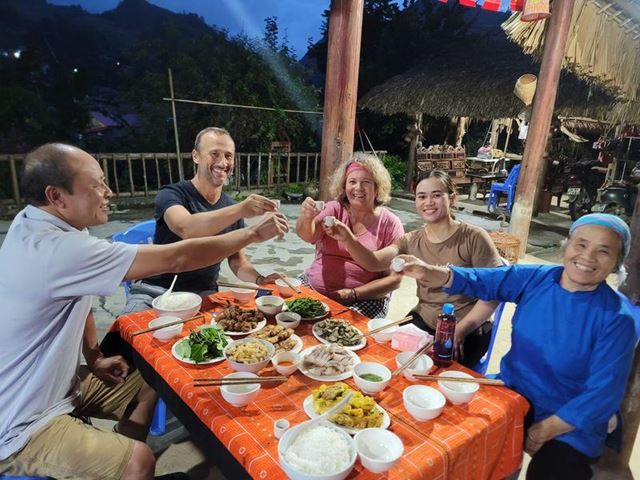
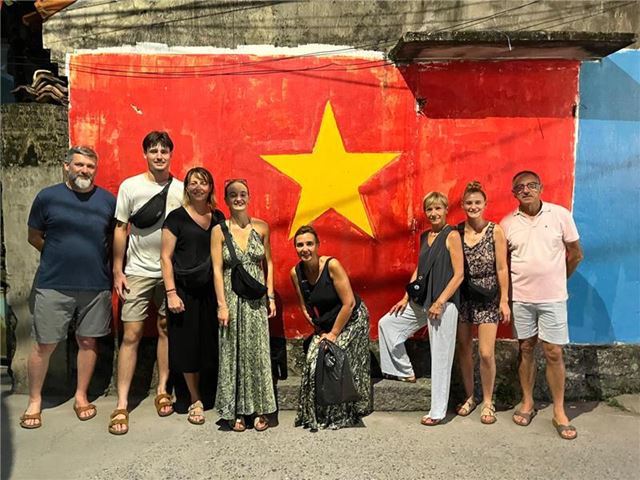
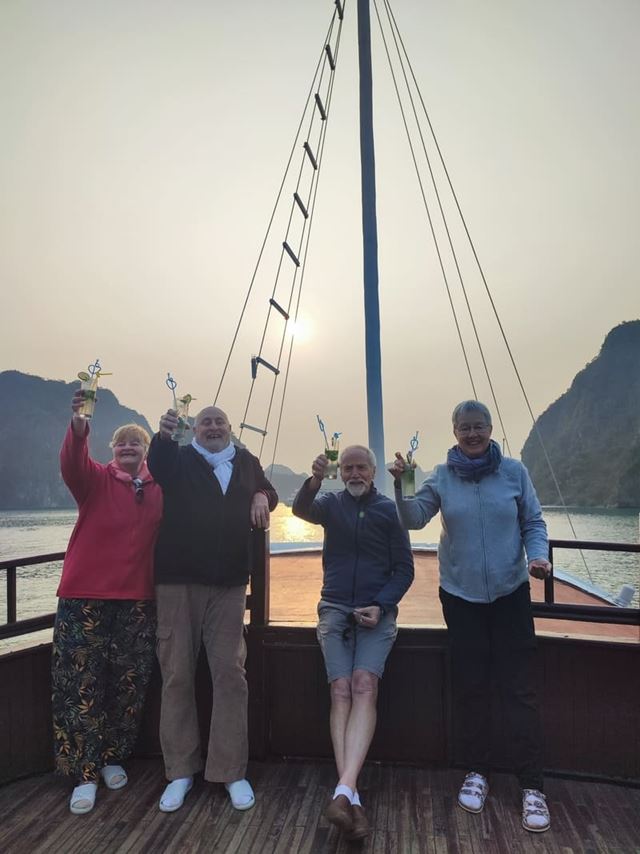
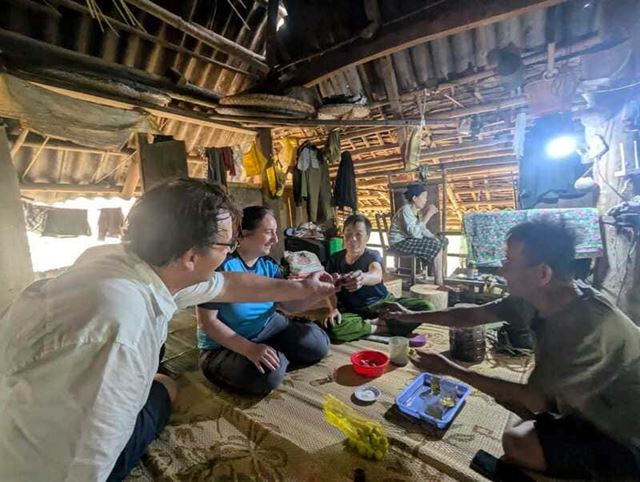
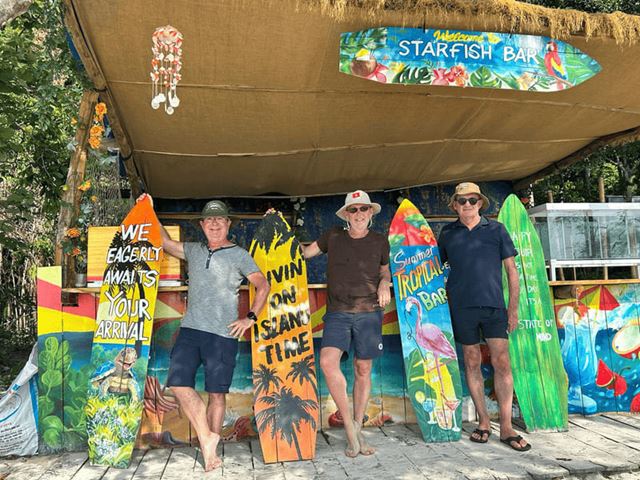
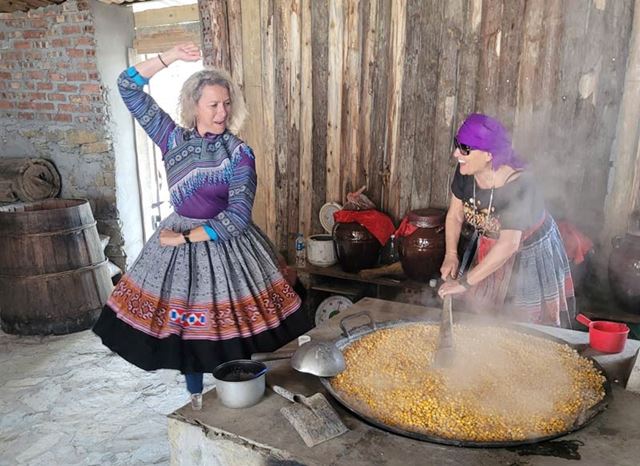
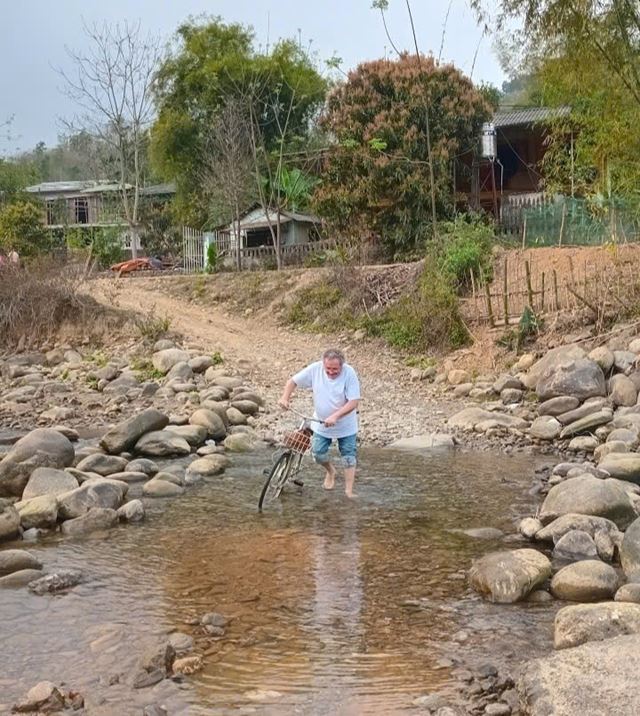
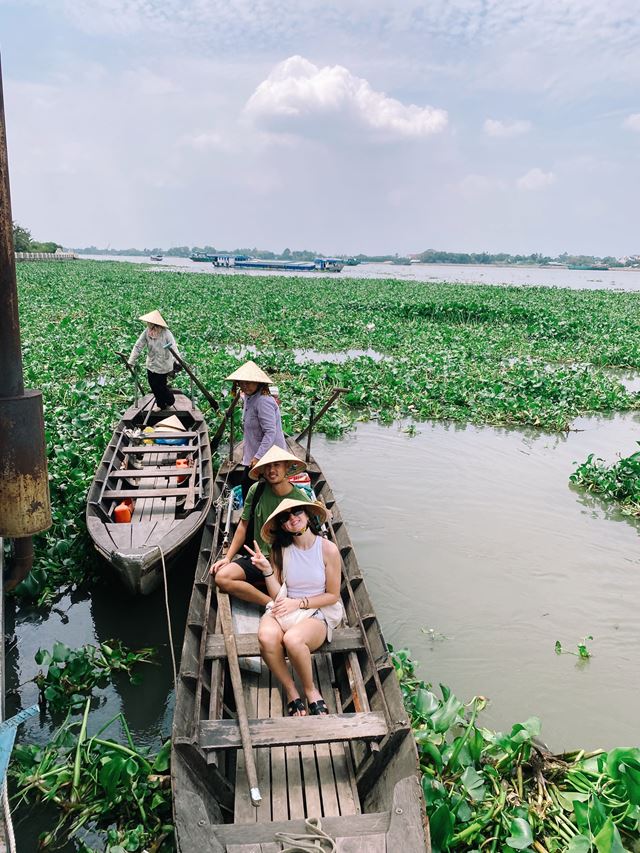
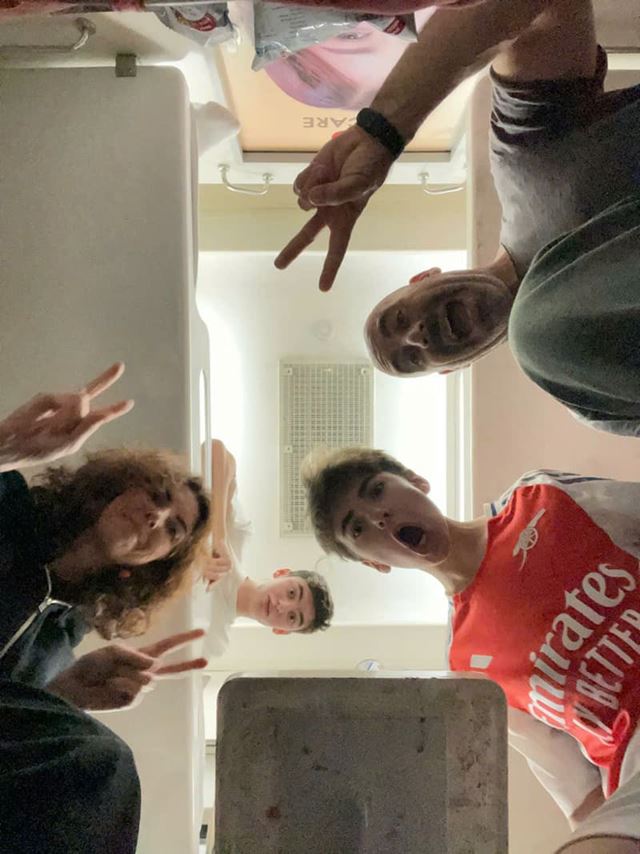
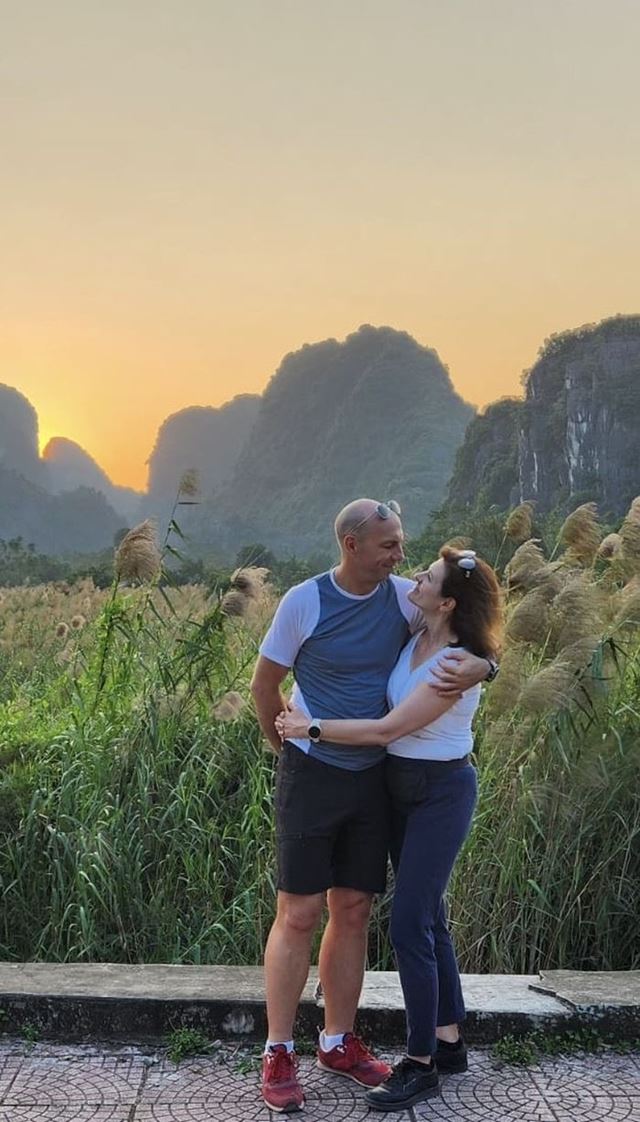
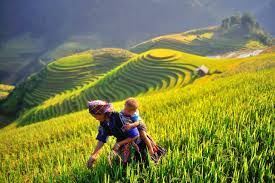 The Essentials
The Essentials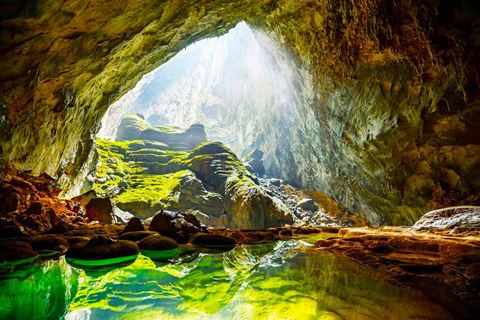 The must-sees in Vietnam
The must-sees in Vietnam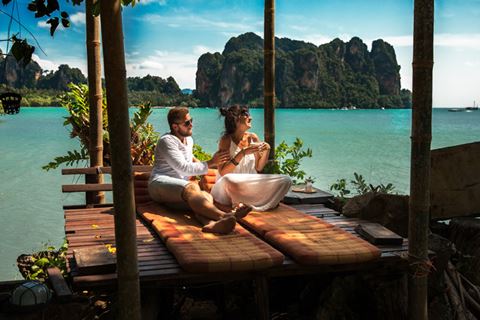 Couples & Relaxation
Couples & Relaxation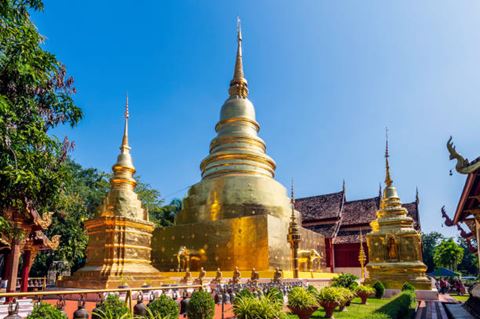 The must-sees in Thailand
The must-sees in Thailand
Comments
No comments yet - be the first to comment!